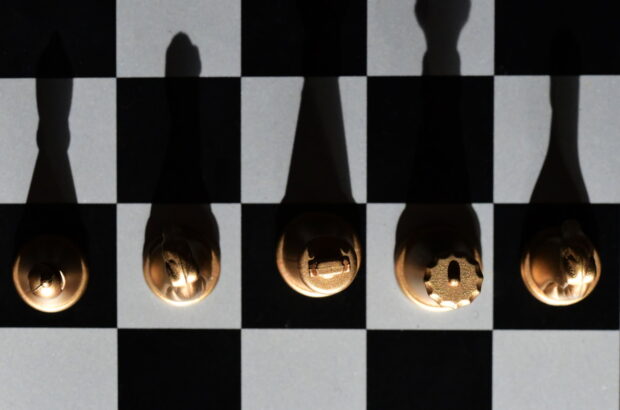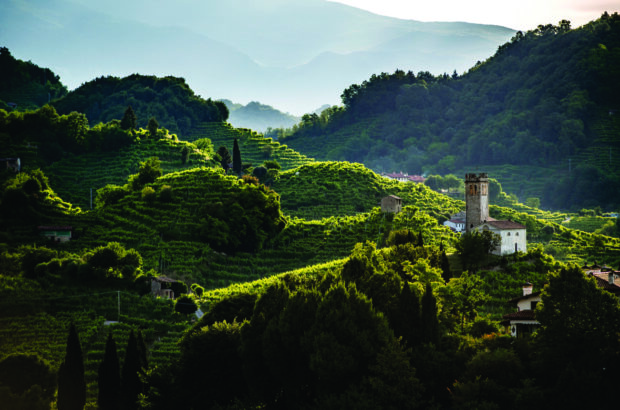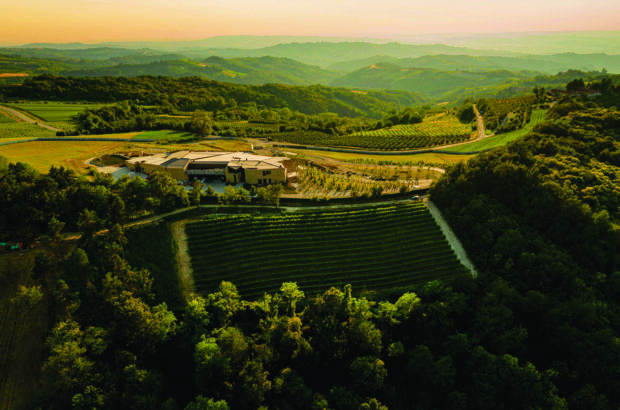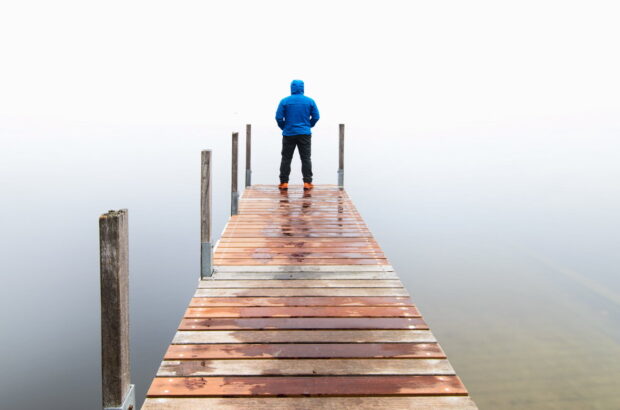Jane Anson explores an 'abundance' of changes at Château Dauzac in Bordeaux's Médoc region in recent years.
Decanter Premium members can also see her ratings and notes on many Dauzac vintages, following a vertical tasting.
It’s not always easy to find out which grape varieties were planted by classified Bordeaux around the time of that little known wine event in 1855. Vineyard managers kept assiduous records of the weather, but not always of what exactly was going into the wine itself.
We do, however, have a few useful archives, helpfully brought together by the king of Médoc history, René Pijassou. In the early 19th century and almost certainly up to the 1860s and the arrival of the vine diseases that changed so much of the landscape, we know that Château Margaux was planted largely with Malbec and Cabernet Sauvignon. We also know that in 1809 the manager at Lafite, known as Goudal, recorded buying a plot of Verdots in Cantenac, which we can safely assume was Petit Verdot. At roughly the same time Lamothe, manager at Latour, mentioned planting Cabernet Sauvignon (and said that he was going to treat it with great care, as it was the best grape for their first wine) alongside the Malbec that was in another section of the vineyard. Merlot, on the other hand, gets almost no mentions in the archives until 1857, when we are told that it blends well with the Cabernets and Malbecs of the Médoc grand crus.
What we don’t know, exactly, is how 19th century Cabernet Sauvignon would have tasted, as the vines would have been planted ‘franc pied’ or on their own rootstocks.
Post-Phylloxera, ungrafted vines are non-existent in classified Médocs, because it takes a brave man or woman to experiment with vines destined for such high-value bottlings.
So hats off to Château Dauzac in Margaux, that last year identified after a resistivity study a 1.5 acre plot of its fine gravel soils, at the highest point of the Labarde plateau, to plant massal-selection Cabernet Sauvignon vines on their original rootstocks. We won’t be able to taste the results for another four or five years, but it’s an exciting prospect.
See Jane Anson’s Château Dauzac tasting notes and ratings for every vintage since 2000, plus three from the 20th Century
Exclusively for Decanter Premium members
This is just one of the abundant list of changes that have happened at Château Dauzac since 2013 – the year when the owners, the MAIF insurance company, decided to end their hands-off arrangement with the Lurton family, who had been managing the Margaux estate since 1991.
In place of the management company, they brought in their own team under Laurent Fortin as managing director (although keeping long-term technical director Philippe Roux, in place since 1993).
Innovations include, in no particular order as they say with Oscar nominations and Strictly Come Dancing results, a switch to bottling 100% vegan wines as of the 2016 vintage, with egg white fining replaced by a plant paste. Then there’s the zero-TCA guarantee, as every single cork is undergoes new screening technology by the Portuguese producer. At the same time there has been a shift away from Merlot to Cabernet Sauvignon in the vineyard (now up to 68% planted and routinely 70% in the first wine blend), and an increasing focus on biodynamics.
The grapes have zero sulphur addition at moment of harvest, and minimal (less than the 70ppm allowable in biodynamic farming) throughout the winemaking process, while fermentation is started using only yeasts that have been isolated and propagated from their own vines.
The ungrafted vines are entirely biodynamic, treated with tisanes that they grow themselves, and the entire vineyard is slowly but surely being converted to the process. In a recent study of pesticide residues across 38 grand cru Bordeaux, Château Dauzac was one of best performing estates, with just two molecules found in trace form, and the lowest overall residues excepting the six properties that were found to have none at all.
Most importantly for the taste profile of the wine, as of 2016 they have narrowed the plot selection for the first wine, concentrating solely on the highest quality gravel on the Plateau de Labarde, so 25ha out of the 47ha that are planted in AOC Margaux (making it even more impressive to give up a slice of this for the ungrafted vines).
And hang on, we’re not quite done yet. Dauzac is also one of 20 estates across France to be testing a serious new alternative to copper treatments in the vineyards in the fight against downy mildew. This one is perhaps a little ironic, or poetic, depending on your generosity.
It was in these vines back in the 1880s that the bouillie bordelaise, a fungicide and downy mildew treatment based on copper suphate, was first invented by Alexis Millardet. Today the levels of copper in vineyards across France has become a thorny subject, particularly as it is one of the few fungicides allowed in organic and biodynamic farming.
‘This is one of the reasons that we are not looking for certification,’ Fortin told me this week, ‘as we are testing a form of algae that is not allowable under the current organic rules. The company that we are working with, ImmunRise, is a start-up that is producing a fully biodegradable treatment with algae that comes from the Arcachon Bay and has so far proved extremely effective. If we can help to spread the word of this, given our history, so much the better’.
See Jane Anson’s Château Dauzac tasting notes and ratings
Exclusively for Decanter Premium members












